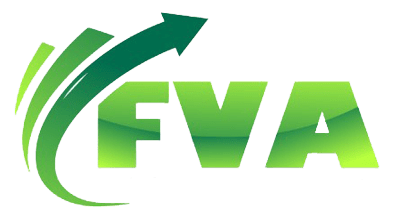
The importance of deciding the status of your workforce
It is the responsibility of every employer who engages others to do work for his business, is to decide whether the relationship of the engaged is of employed or self-employed. If you incorrectly decide it as self-employment and do not register for payroll, process payroll, and deduct tax at source, then you become liable to account for tax.
Employees
All employees are taxed via Pay As You Earn(PAYE) system. Income tax, Class 1 NIC is deducted from the employee earnings and paid to HMRC at the end of each month. The employer pays employer NIC contributions. Generally, very minimal amount of expenses are deductible from the earnings such as professional subscriptions paid by a GP to the medical association could be a deductible.
The employer also has an obligation to provide a workplace pension scheme such as Smart Pension to each of his employees over the earnings trigger of £833 per month. The employer contributes 3% and employees contribute 5% to the pension scheme. The employees has the option to opt out of the pension scheme if they wish.
Self-employed
The self-employed individuals pay taxes similar to businesses by calculating profits first. They take monthly gross income and able to deduct number of expenses as compared to employees who have the limited ability to deduct anything. Self-employed individuals pay income tax of 20% on profits, Class 4 NIC @ 9% over current threshold of £9,568 (for 2021/22) and Class 2 NIC of £158.60(2021/22).
There is also flexibility enjoyed by the self-employed to pay their taxes in two instalments, 1st by 31 January and the second by 31st July each year.
The regime for deduction of expenses from the income is less rigorous than employees.
Factors that determine the status
There are many factors that determine the employment status such as
- personal service;
- control;
- mutuality of obligations;
- integration;
- economic
A decision by the employer will need to be taken on based on balance of probabilities as not all factors will point to one direction. From April 2021 onwards all public sector and private sector employers are required to issue a statement determining the employment status to each of the engaged.
We will explain some the above factors in more details below.
Personal service
An employee works under a contract of service, on the other hand a self-employed person works under a contract for services. This simply means that an employee can not send someone else on his behalf to perform his services while a self-employed individual can do as long as the services are performed.
Control
The more the control over the engaged the more indication that the status is that of employment. For example, set working hours, set hourly pay per the contract and or individual given instructions to perform his duties. These are some examples of control.
Typically, a self-employed will decide his own rate for services, on the other hand the employees can not. Self-employed individuals do not get paid at regular intervals for example, they only get paid once a project is completed and invoiced to the engager. The employees get paid at fixed regular intervals.
Mutuality of obligations
Under this test the consideration needs to be given to the fact that whether the work is provided on continuous, committed basis in return for fixed payment is provided or not. If work is provided to the individual on regular, committed and continuous basis then this is the indication of an employment. On the other hand irregular work on non continuous basis in return for non fixed payments are indications of self-employed status. If the self-employed is providing services to more than one customers then this is an indication of self-employed status.
Integration
This factor looks at whether the individual is ‘part and parcel’ of the engager’s business organization or not.
Example
A car mechanic working within the service department of a car dealership is clearly doing work which is integral to the business of the dealership. The mechanic appears to be ‘part and parcel’ of the organization.
A car mechanic engaged to repair a broken-down vehicle at a firm of accountants is obviously not ‘part and parcel’ of the accountancy business and is more likely to be part of a separate external business.
Economic reality
‘Is a person in business on their own account?’ It takes into consideration any capital and ongoing expenditure on the business such as purchase of computers, office furniture, tools and machinery to perform work.
It is often expected that the self-employed individual will have his own office, is registered for VAT and or has a website.
A self-employed individual will have his own tools and equipment to perform his duties however, the employee will use his employer assets . He will also not have a separate office or advertising campaigns to achieve more work, and it is the employer who bears the risk in relation to the overall cost of the work.
Other support materials
HMRC has published two employment status factsheets:
- ES/FS1: Employed or self-employed for tax and National Insurance contributions; and
- ES/FS2: Are your workers employed or self-employed for tax and National Insurance contributions?
HMRC also provide an interactive employment status indicator.
Make Yourself Accountable
Sed ut perspiciatis unde omnis iste natus error sit voluptatem accusantium doloremque laudantium, totam rem aperiam, eaque ipsa quae ab illo inventore.
Peter Johnson





Leave a Reply